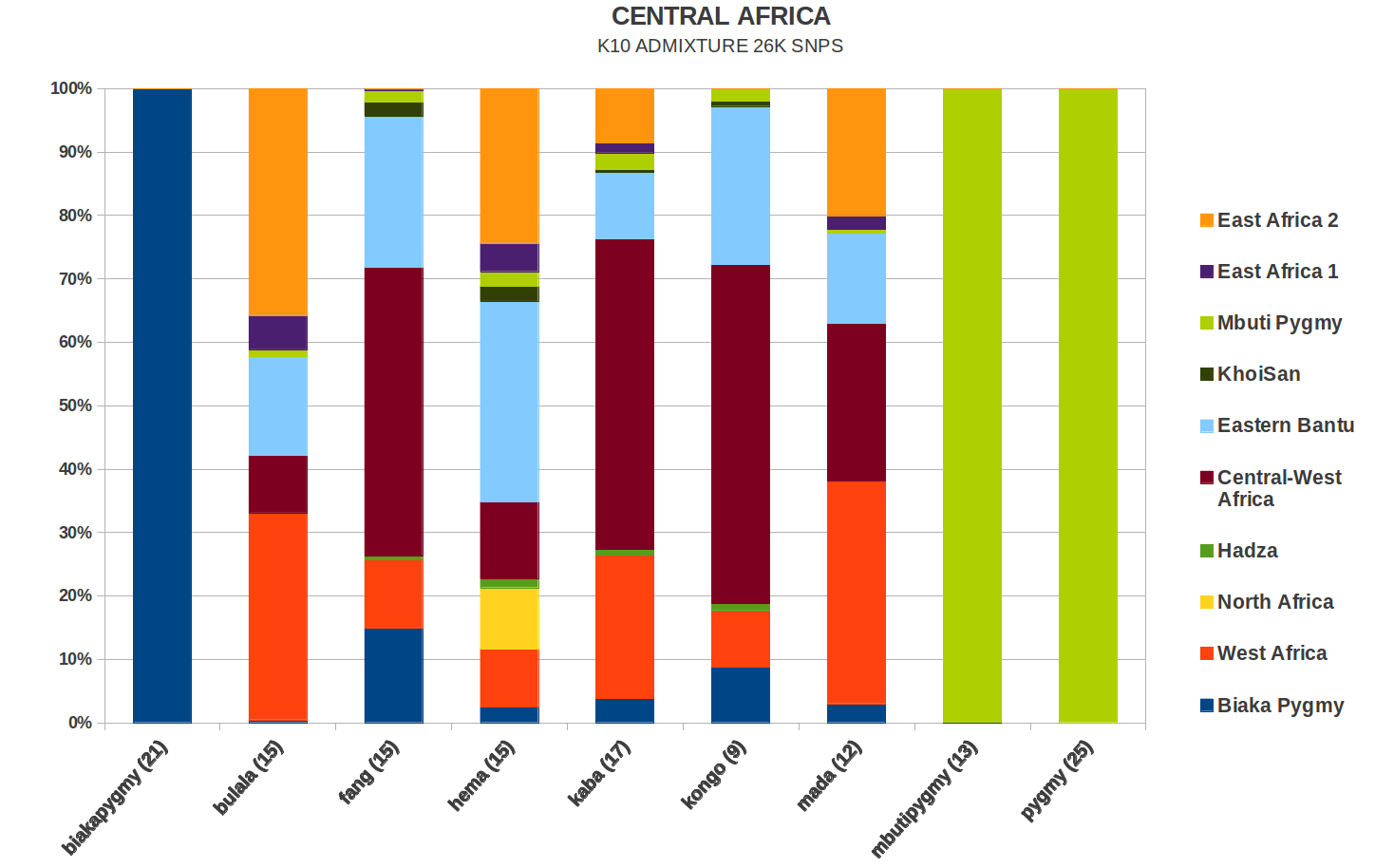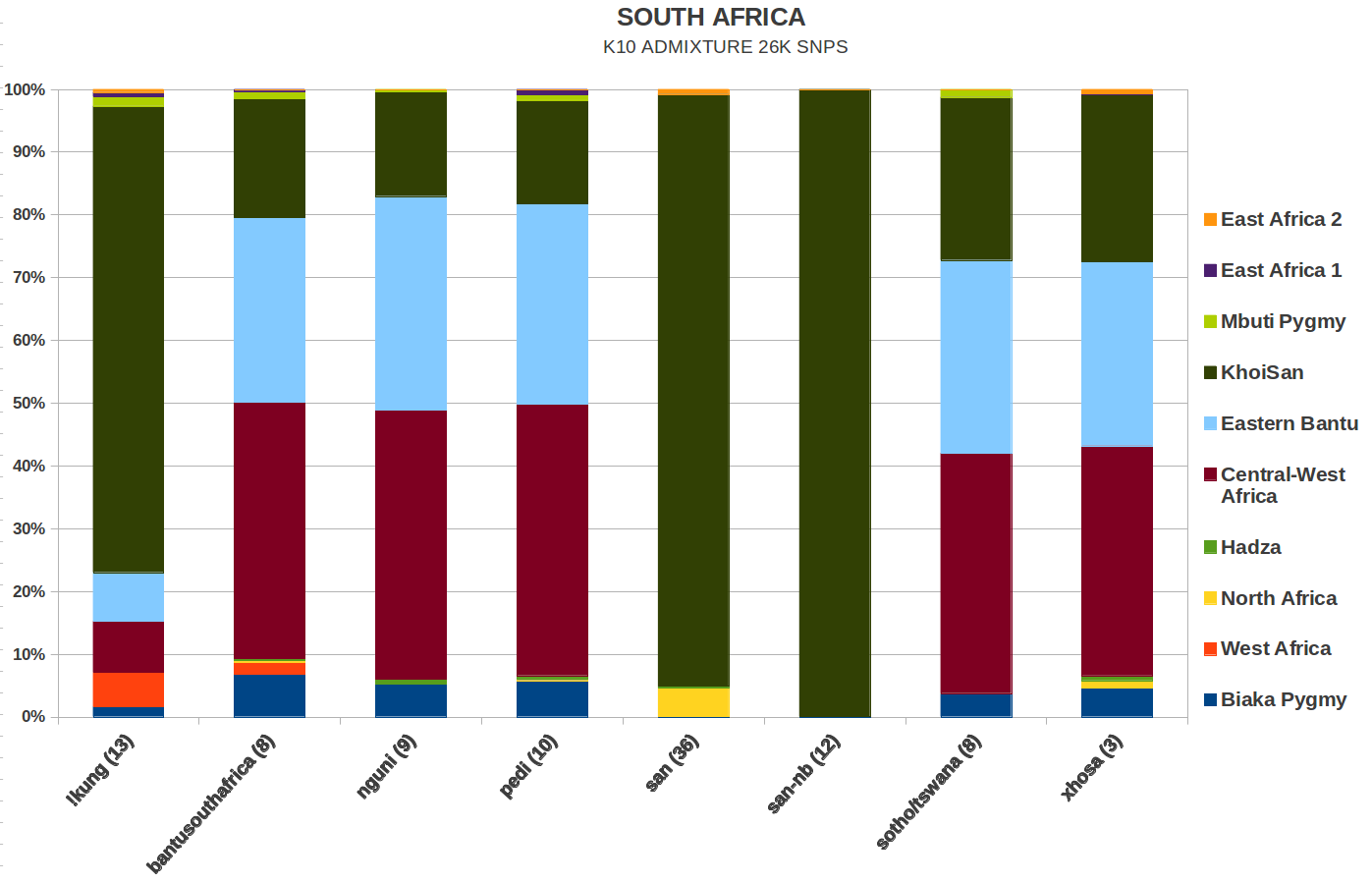Misreeya
Pro
A few questions after this great post:
- What ancestral peoples conquered the Hausa and pushed their Afro-Asiatic culture on them? My guess is that it's peoples who were similar to Saharan cultures (those who painted caves in the Sahara) who moved south and subjugated the Hausa.
.
Let me first say, this is a very good thread. It is hard to speculate that MansaMusa, so it can be many factors that contribute to that. For example in what is today North Sudan and parts of Egypt this what some scholars speculated that the language spoken in what was Kerma was originally Afro Asiatic until they later switch to NiloSaharan language for unknown reasons, and if you look at the features of many( definitely not all but a considerable amount more than half) nile valley Sudanese, it looks similar to our neighbors in the horn, and it shows

Afar tribe man from the horn.

Here is what some linguist discovered in regards to the language of the region.
Language[edit]
According to Peter Behrens (1981) and Marianne Bechaus-Gerst (2000), linguistic evidence indicates that the Kerma peoples spoke Afro-Asiatic languages of the Cushytic branch.[11][12] The Nilo-Saharan Nobiin language today contains a number of key pastoralism related loanwords that are of proto-Highland East Cushytic origin, including the terms for sheep/goatskin, hen/cock, livestock enclosure, butter and milk. This in turn suggests that the Kerma population — which, along with the C-Group Culture, inhabited the Nile Valley immediately before the arrival of the first Nubian speakers — spoke Afro-Asiatic languages
https://en.wikipedia.org/wiki/Cushytic_languages
Kerma Culture - Wikipedia, the free encyclopedia
It's been presumed that Nubians absorbed Egyptian cultural features because they had to, but we found cultural entanglement ? that there was a new identity that combined aspects of their Nubian and Egyptian heritages. And based on biological and isotopic features, we believe they were interacting, intermarrying and eventually becoming a community of Egyptians and Nubians," said Buzon, who just returned from the excavation site.
Read more at: http://phys.org/news/2016-05-burial-sites-nubians-egyptians-thousands.html#jCp
This link shows it could had been similar to the Hausa, not NiloSharan nor AfroAsiatic, but a combination of both. This mixture of population was a common practice throughout history to maintain the peace in many ancient cultures, and to prevent conflict by intermarriage.
Last edited:



